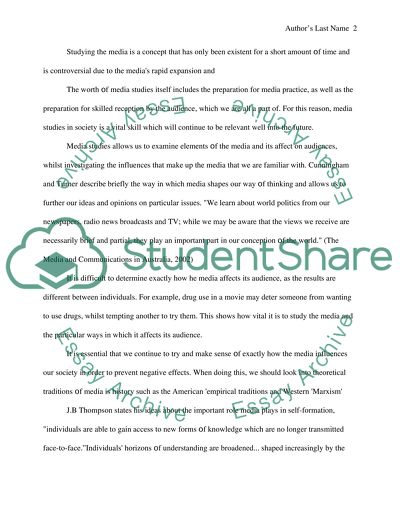Cite this document
(“Media influences Essay Example | Topics and Well Written Essays - 2000 words”, n.d.)
Media influences Essay Example | Topics and Well Written Essays - 2000 words. Retrieved from https://studentshare.org/miscellaneous/1507345-media-influences
Media influences Essay Example | Topics and Well Written Essays - 2000 words. Retrieved from https://studentshare.org/miscellaneous/1507345-media-influences
(Media Influences Essay Example | Topics and Well Written Essays - 2000 Words)
Media Influences Essay Example | Topics and Well Written Essays - 2000 Words. https://studentshare.org/miscellaneous/1507345-media-influences.
Media Influences Essay Example | Topics and Well Written Essays - 2000 Words. https://studentshare.org/miscellaneous/1507345-media-influences.
“Media Influences Essay Example | Topics and Well Written Essays - 2000 Words”, n.d. https://studentshare.org/miscellaneous/1507345-media-influences.


